This is a tale of how I made friends with a legend: The Rolleiflex 2.8C. Like many of you, I’m in the habit of scanning Facebook Marketplace for interesting old cameras, with an eye towards a loose list I keep in my head. On this day, I saw one of those “Used camera lot” posts with a bad group photo of a bunch of old cameras, cases, lenses, flash units, and faded boxes of film, with an asking price of $450 for the bunch.
I couldn’t see much detail of the cameras, so I started clicking through the individual photos. I got to number seven and said out loud, “Holy s**t, is that a…??!!” It was, indeed, a Rolleiflex 2.8C, with the Xenotar lens. I’d been on the lookout for a Rollei for some months, based on their esteemed reputation, and on a photo I’d seen on Instagram that had a certain silky sheen to it that stopped me in my tracks, and which turned out to be shot on a Rollei 2.8F, on Portra 400.
I messaged the owner of this Facebook Rolleiflex 2.8C asking about the camera’s condition, and she replied she’d never shot it, that it had been given to her by an elderly neighbor who knew that she loved photography, but hadn’t realized that she shot only digital. As I wasn’t interested in a box full of mostly junky old equipment, I asked if she’d take $300 cash for the Rollei alone. The next day I found myself in the lobby of her workplace giving the camera a once-over. It looked to be in good shape, although the shutter wouldn’t fire below 1/30.
But by then I’d been overcome by a fever of acquisition, and the camera seemed in good cosmetic condition, so I gave her six fifty-dollar bills and drove home with my new baby. Upon getting it to the kitchen table, I fired the shutter several times at 1/250 (I hadn’t yet figured out the 1/500 trick with this model—you have to make that choice before cranking the film for the next frame), then worked my way down the dial. I got to the previously-stuck 1/30, and found that it now fired just fine. I kept going, and the shutter kept firing, and starting to make exciting buzzing and whirring sounds at the slower shutter speeds that I (correctly, it turns out) attributed to a different mechanism that kicks in below 1/30. I chortled to myself, “I have my Rollei!” and put in the first roll of film.
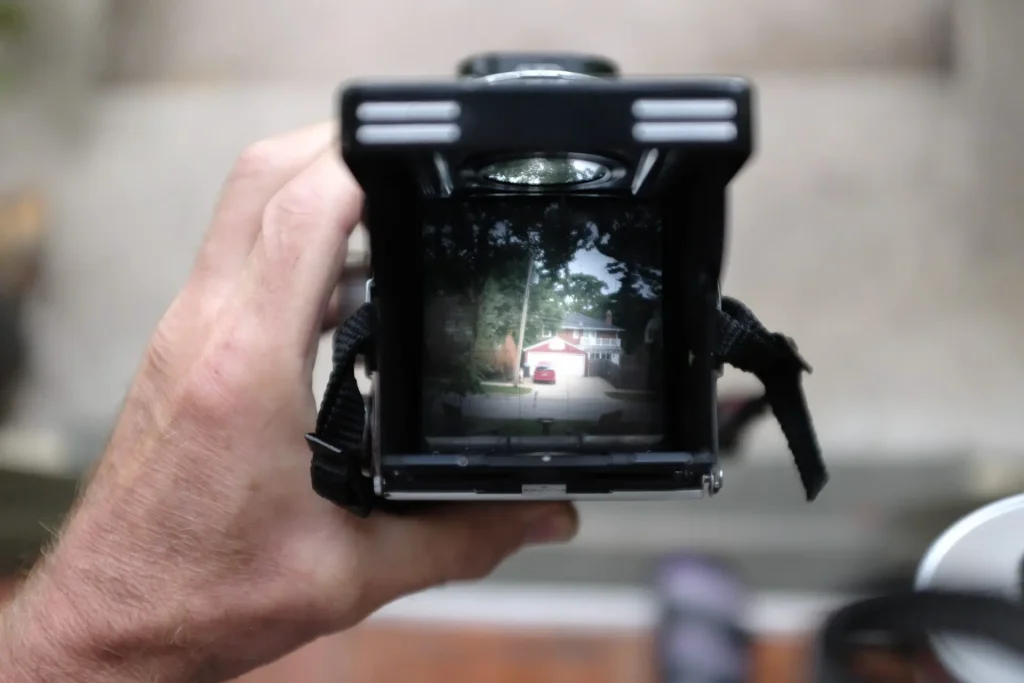
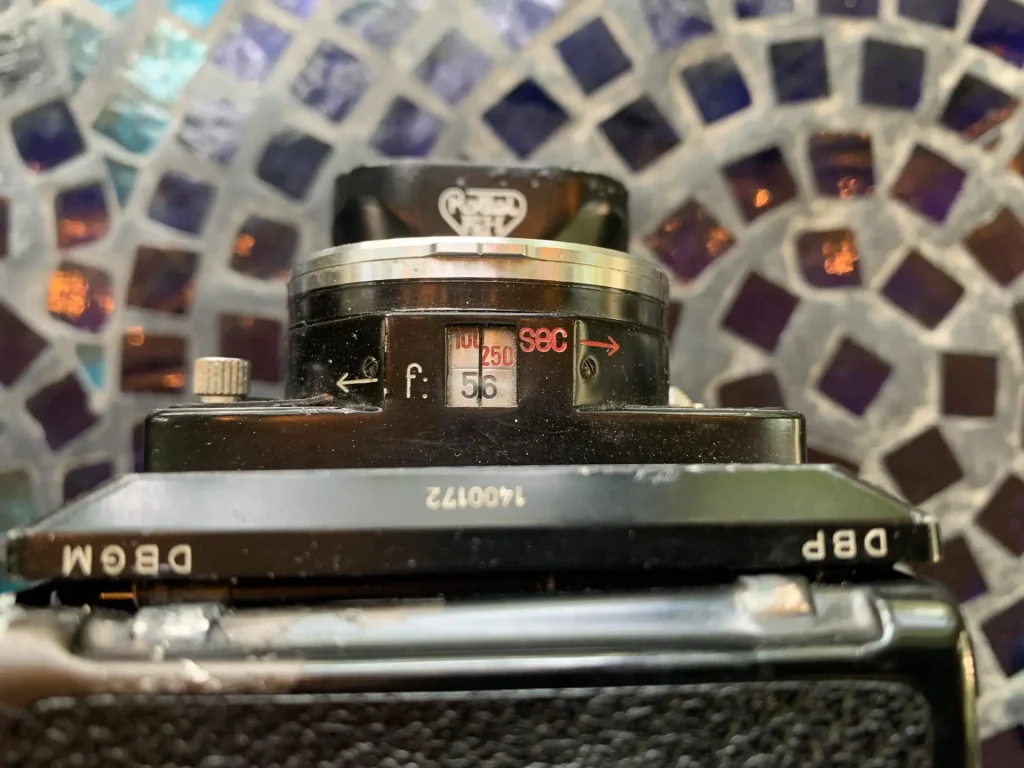
The Rolleiflex 2.8C is as old-school as they come: you have the iconic flip-up waist-level finder that shouts “Serious dork hobby shooter!” to the world. God, I love the way this thing feels in my hands: its solidity, the density and resistance of the knobs, the way the huge focusing screen gives you a preview of the shot you’re lining up. I’d learned to meter my own shots from a Yashica-Mat 124G I’d acquired for $50 because of an inoperable meter. I use the myLightMeter app on my iPhone, and haven’t missed many exposures, with either the Yashica or the Rollei.
Based on the serial number, my Rolleiflex 2.8C was built in 1953, and features the Xenotar lens, rather than the more-desirable Planar (though from most things I’ve read online, the Xenotar is every bit the Planar’s equal). I was correct that it was in decent overall condition, with the exception of a broken shutter-lock button (the only plastic part on the camera, so, duh!), and a dent on the hinge of the viewing hood that caused one corner to occasionally pop out, but which I managed to fix myself, mostly.
I also found that I tended to get only 10-11 shots per 120 roll, and I had very sketchy results with focusing from about 20 feet in. After a bit of research, I contacted Paul Ebel, a Rollei repair specialist in Menomonie, WI (just down I-90 from Minneapolis, where I live) who said he could take a look at it, and a mere $140 and two weeks later, I had my camera back!
Paul fixed the viewing hood hinge, adjusted the badly-out-of-whack focus (he suspects this poor Rolleiflex 2.8C had been dropped, probably during the same incident that dented the hood hinge), and gave me a tutorial in loading film into the Rollei. According to what I’d read online, and a PDF (thanks, Mike Butkus!) of the original manual, Rolleiflex cameras use a pair of rollers to sense when the roll of film begins. So I’d been threading the paper leader through just enough for it to catch in the top spool, closing the back, and turning the handle until it stopped. Paul told me that I still needed to load the film in until the “Start” line appeared (kind of like with my Yashica-Mat), THEN close the back and turn the crank. Since then, I’ve gotten 12 good frames out of all but a couple of rolls.
Paul also checked the shutter speed, and found that most speeds ran a tad slow, but considering the earlier-mentioned guesswork necessitated by the ancient dials, I didn’t mind that, and thought that at $140 in repair costs for a 60-plus-year-old camera, I’d gotten away pretty lucky, all things considered.
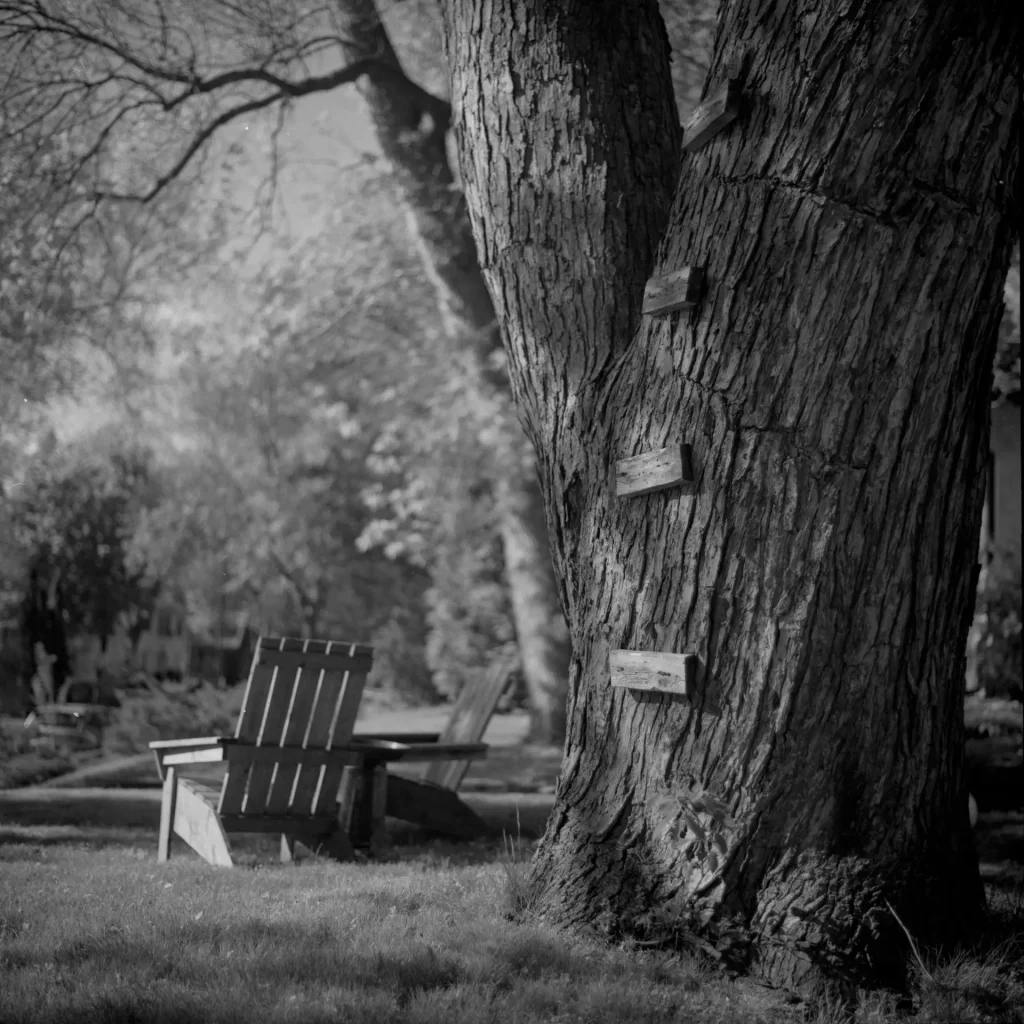
Okay, the photographs. I’ve taken some of my favorite images with the Rolleiflex 2.8C. As I’d hoped, that magnificent old lens lends an inimitable aura to every frame it touches. It’s technically excellent, and insanely sharp when stopped down. At all apertures, there’s a gorgeous, satiny luster to photos taken with this camera that I simply haven’t achieved any other way.
I read somewhere that Rollei lenses of the period were made with what turned out to be unsafe (to the factory workers) levels of lead in them, so maybe the magic is in the lead. I’m not a Rollei historian, but what I do know and care about is that every frame looks timeless, while never looking antique.
I’ve shot many film stocks in the Rolleiflex 2.8C, and find that I keep returning to Portra 400 (of course) and 160 (so similar, yet gorgeous in a slightly different way), FujiPro 400h (I call it the “happy film” for its spirited colors), and for black and white, Ilford Pan F 50 and Ilford Delta 100. I loooooove shooting Pan F in this camera: every picture looks like it was taken sometime between 1850 and yesterday.
I process and scan the B&W myself at home, and have produced many frames that make me stare at my computer screen and mumble, “My god, it’s so beautiful.” The color film I have processed at my beloved Fast Foto a couple of miles from my house, where they are usually able to process it, scan it (I get the “Large Pro Scan”) and send me a download link the same day. Again, with at least a few images per roll, I find myself gaping and thinking, “My god, that is soooo beautiful!”
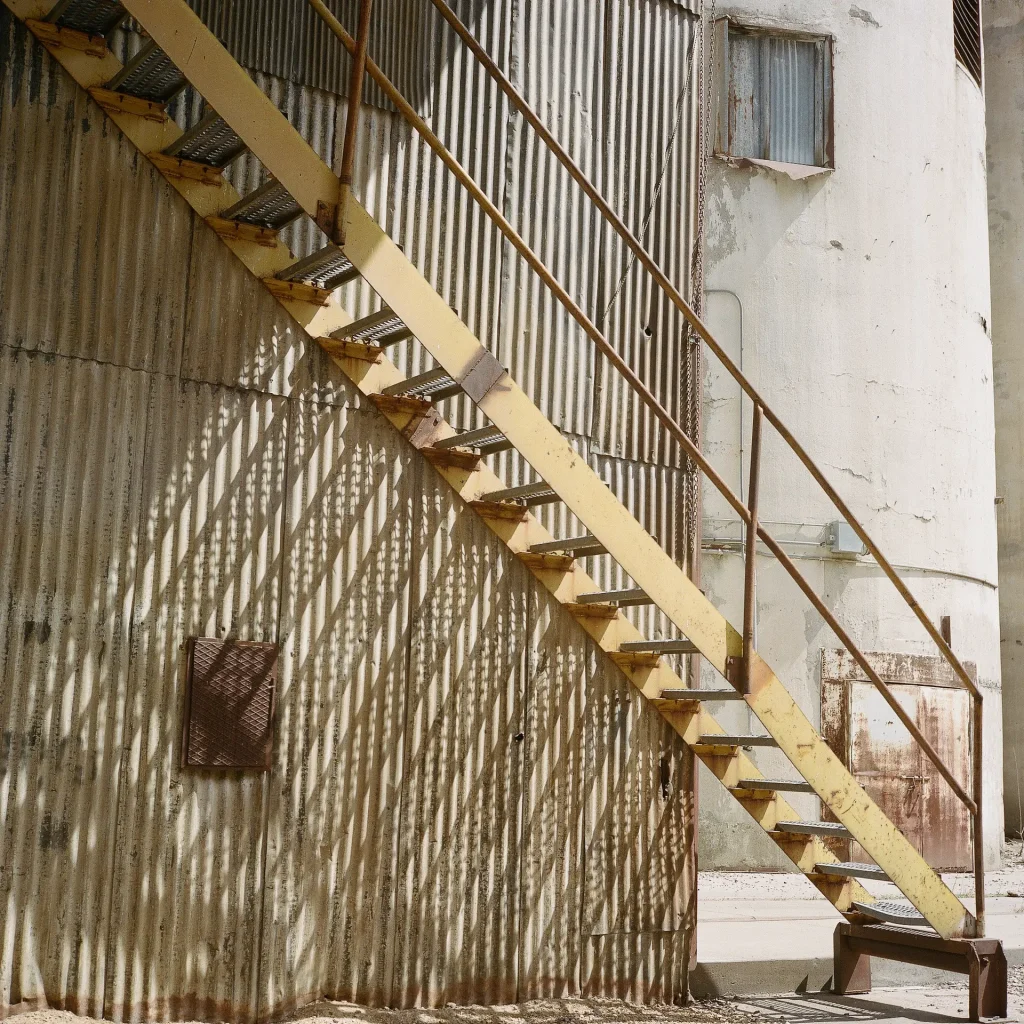
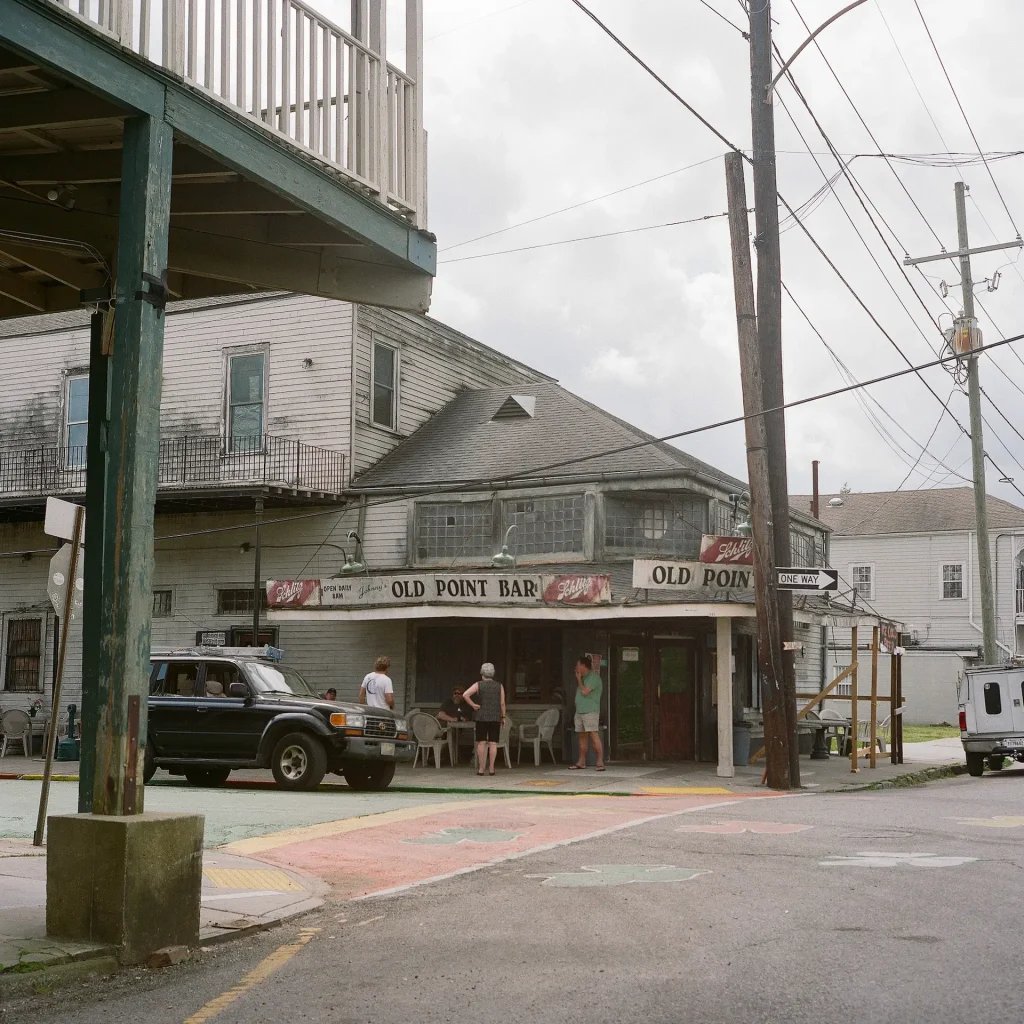
I love the big square frame. There are some images, such as wide, truly heroic landscapes, that you obviously just can’t take with this aspect ratio, but by and large, I enjoy the way the square shape dictates what you shoot, and how you compose each shot. I spent much of month of March in New Orleans shooting shotgun houses, which, viewed head-on, happen to be square. Shot on Portra 400 or FujiPro 400h, these houses just glow. I’ve gotten better at the reverse-framing quirk shared by all TLRs, in which the image moves leftward as you move the camera rightward. No matter how hard I try, my horizon line is usually seasick (I have similar problems with my Mamiya m645, so I sometimes wonder if I have an inner-ear problem; more likely, I’m just incurably sloppy).
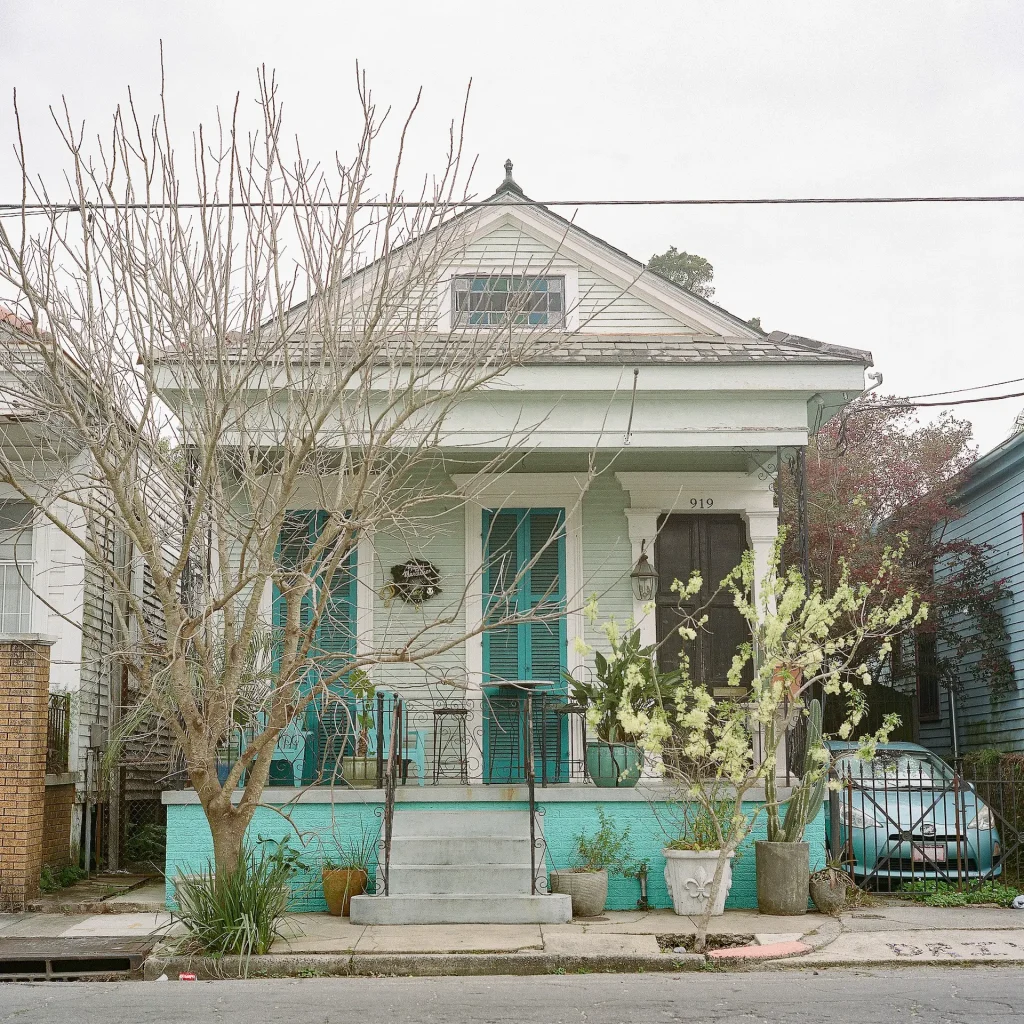
The Rolleiflex 2.8C 80mm focal length, equivalent to about 50mm on a 35mm camera, is the classic do-it-all, tweener, “normal” lens. As with the square aspect ratio, I enjoy the limitations it places upon the shooter: it keeps you looking for a certain type of scene. The straightforward focal length and square shape, shot through that timeless glass, combine to give you classic-looking frame after classic-looking frame.
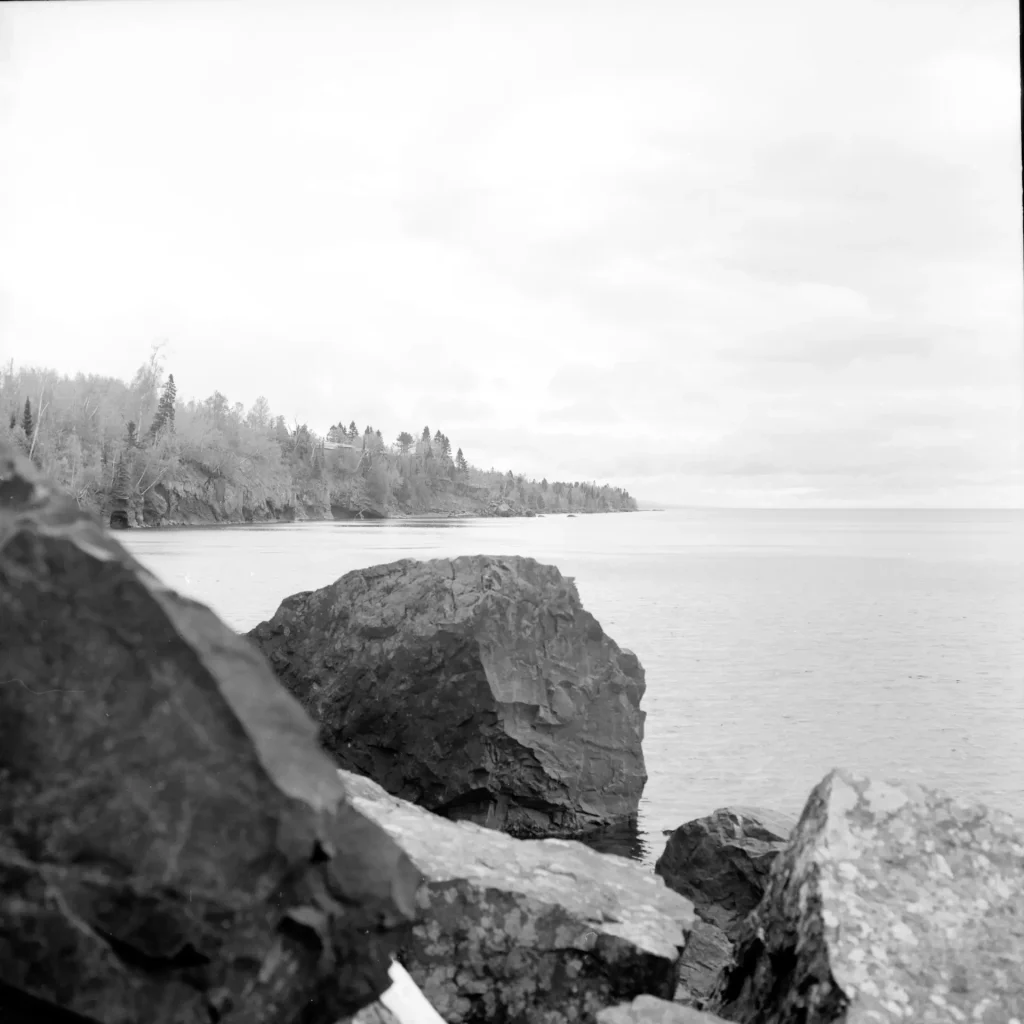
Focusing the Rolleiflex 2.8C, even after professional calibration, is imprecise by current standards. It’s manual, of course, and the focusing screen lacks that incredibly useful split-circle so common in SLRs from the ’60s and ’70s, including my own Nikon FM and FE. All the cliches about using an old, manual camera are true: you truly have to slow down, take your metering measurement, set your dials, flip up your hood (and flip down the adorable fine-focus magnifying glass, if you wish), remind yourself that left is actually right when you move the camera, and frame it up just the way you want before pressing the shutter button on a $3 (film and processing, for color) image.
Myself, I enjoy every element of the process: the way the knobs feel, the sound of the hood opening and closing, the startled looks from passers-by when they see me staring down through the roof of this ancient box. I almost always shoot hand-held, largely because I don’t have the patience for a tripod. I regularly shoot down to 1/30 with good results (my belief is that the 35mm rule-of-thumb—match the slowest usable shutter speed with the focal length, more or less—translates upwards with medium format, and my hands don’t shake any more holding this 80mm medium-format lens than they do holding a 50mm SLR lens with the same field of view—also, no mirror slap.).
The Rolleiflex 2.8C has become my favored medium-format travel camera: it’s actually quite compact and light for such a sturdy piece of gear. There’s only the one lens, so there’s no question of packing others. With this and my Olympus XA, I feel pretty efficiently equipped (if I have room, I often bring the Nikon FE with a 24mm lens for wide-angle landscape stuff).
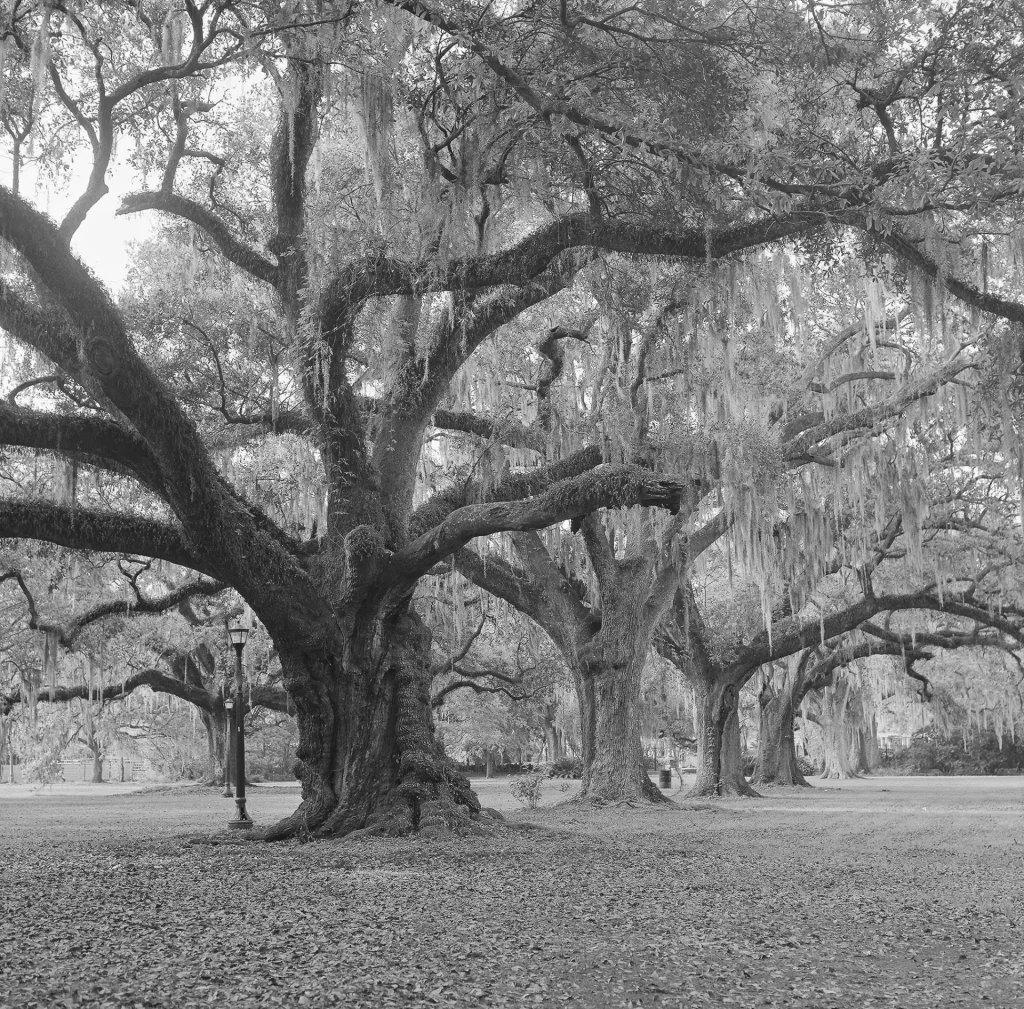
Overall impressions: my Rolleiflex 2.8C indeed looks, feels and performs like one of history’s most iconic cameras, with one of the most revered lenses. If, like me, you take a visceral delight in the feel, sound and performance of exquisitely made equipment, if you revel in the quirks of a figuring out a nearly 70-year-old manual camera, and if you just flat-out think it’s the coolest goddamn thing you’ve ever seen in your life, I couldn’t recommend it more. I love this camera in a way I love few other inanimate objects. I got a pretty good deal on mine—$300 purchase price, $140 for some touch-up repair—so keep tracking your preferred online marketplaces. You might luck out like I did.
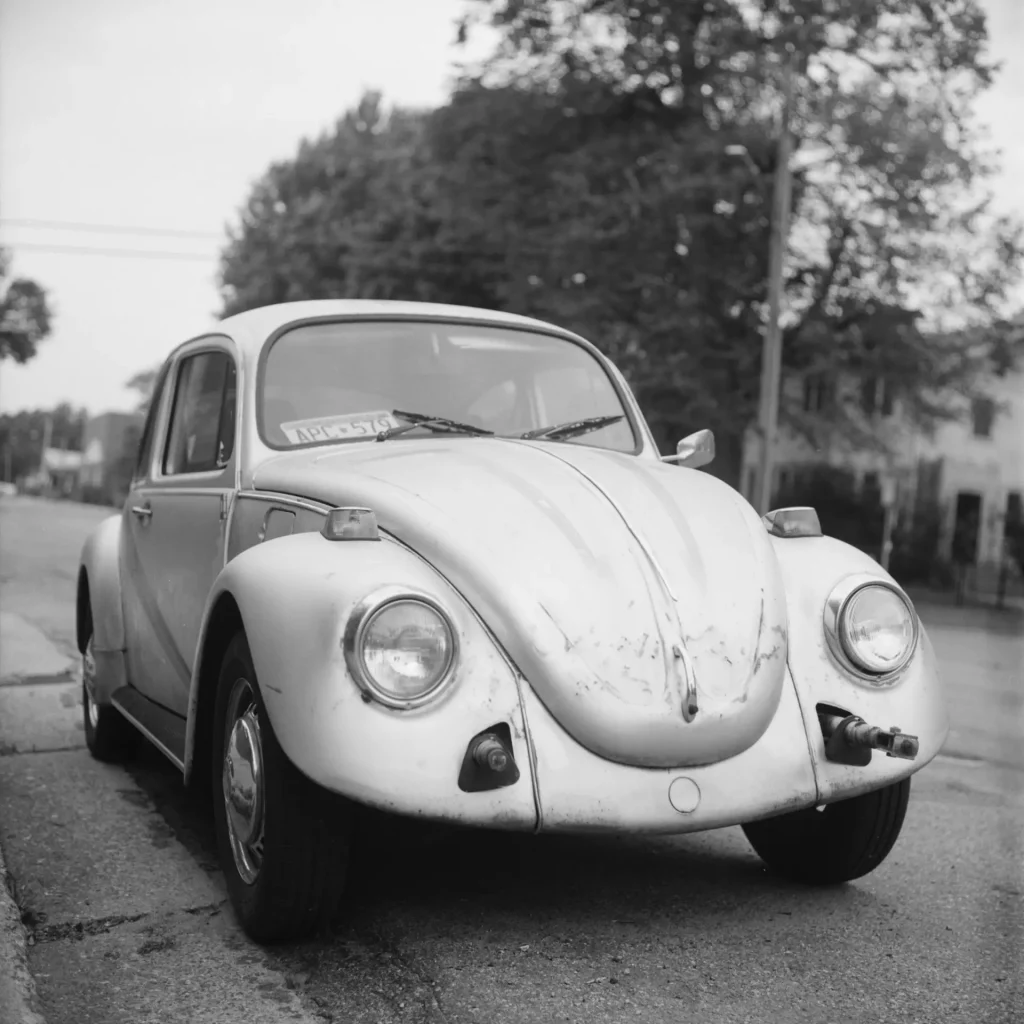
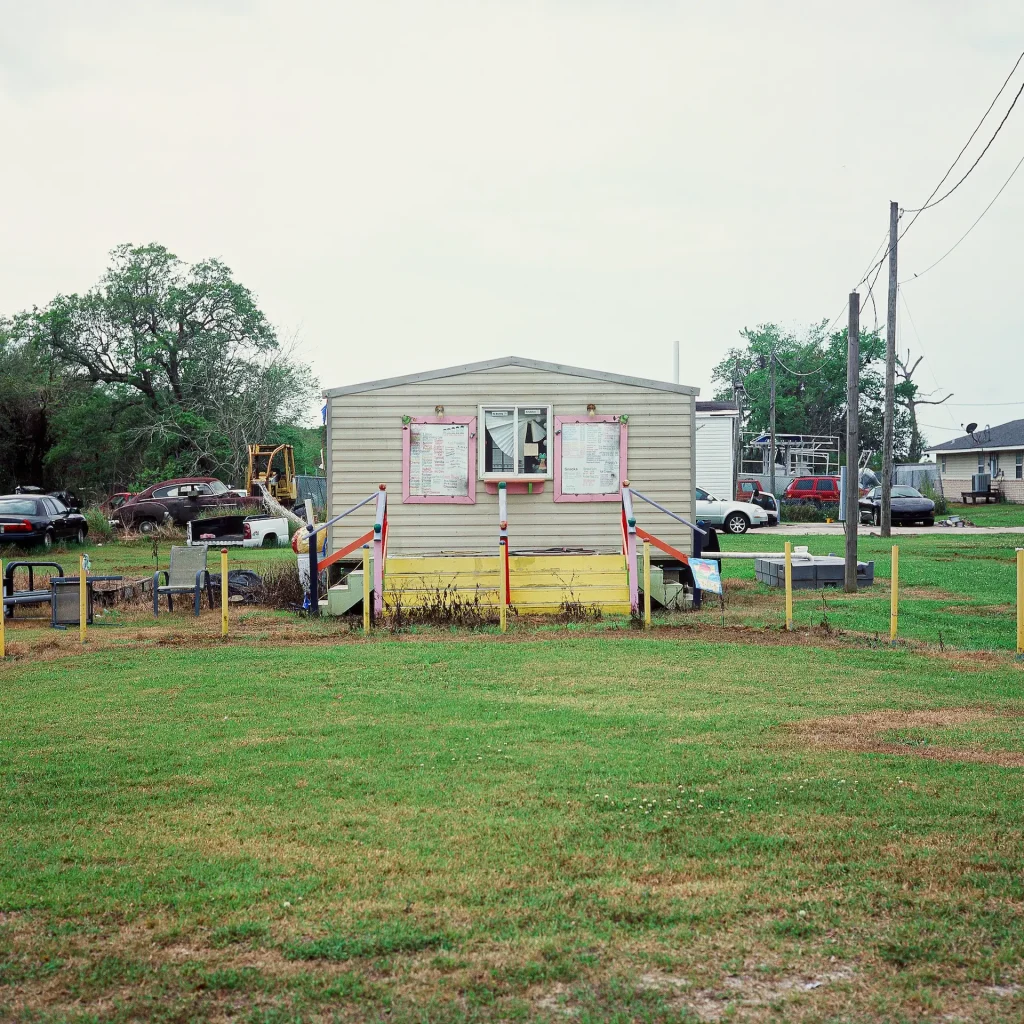
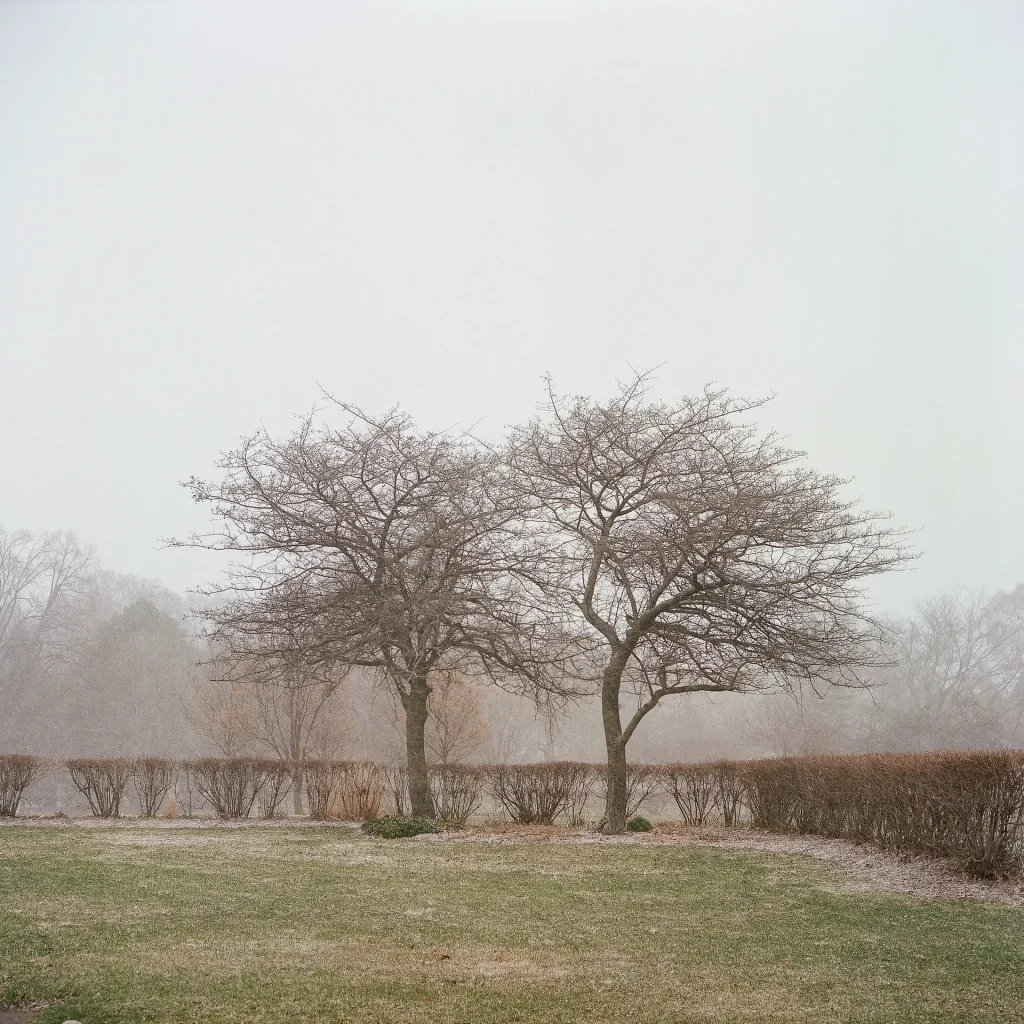
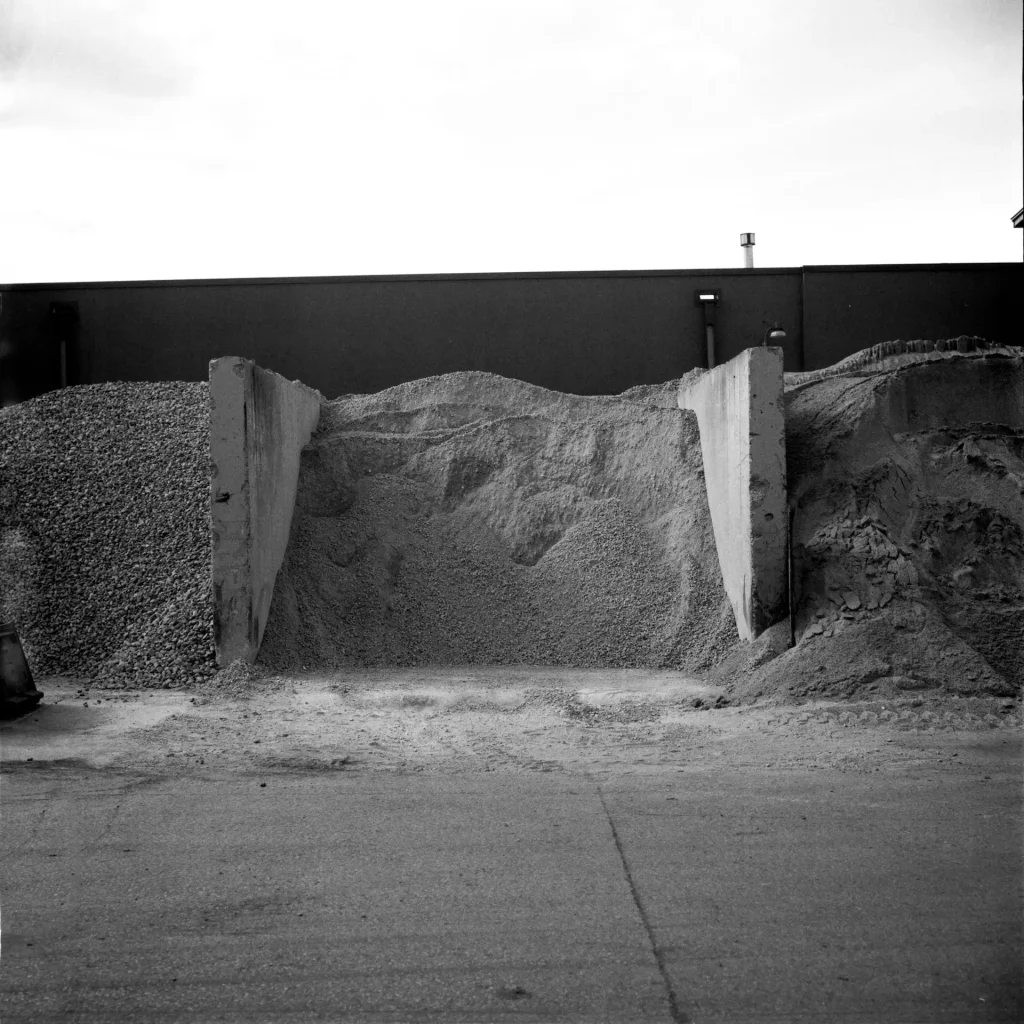
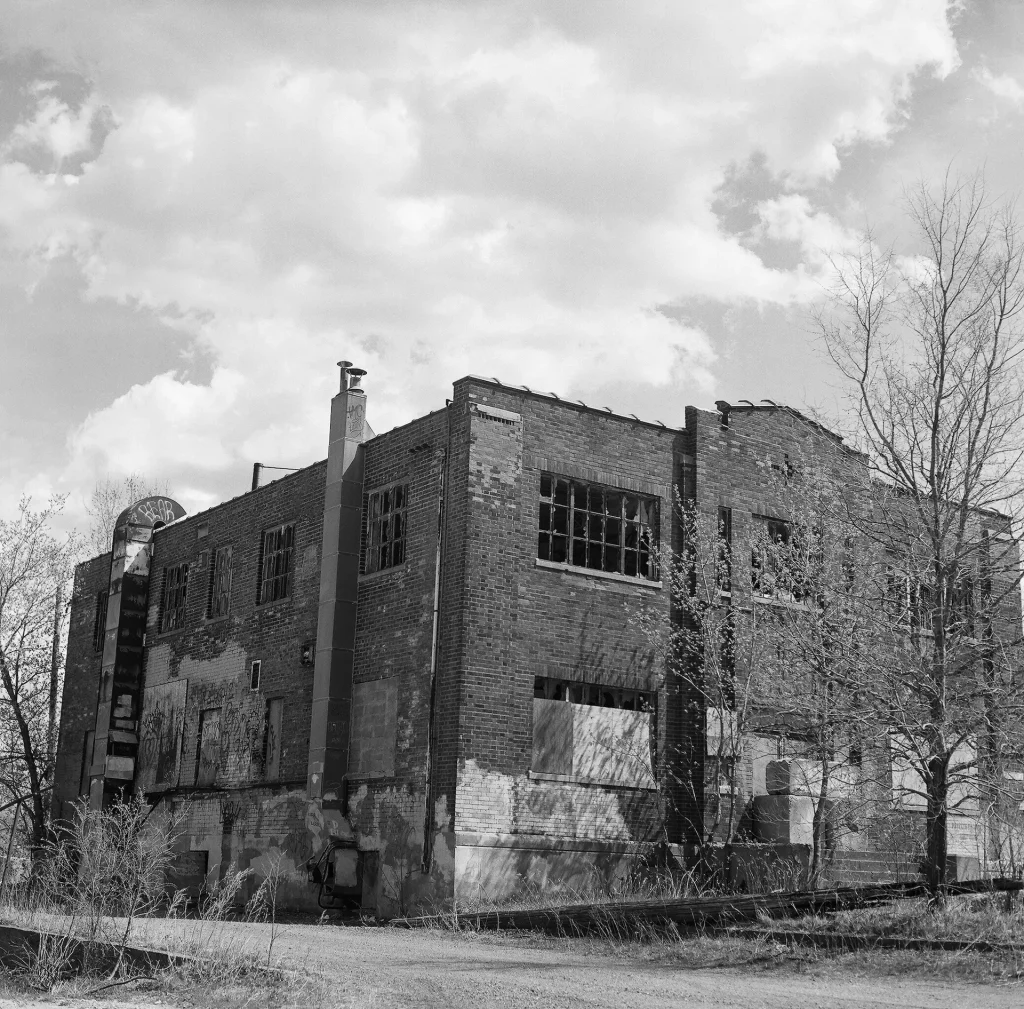
Phil Calvit is an ad copywriter and classic camera hobbyist in Minneapolis. You can see his work on Instagram here.
Share this post:
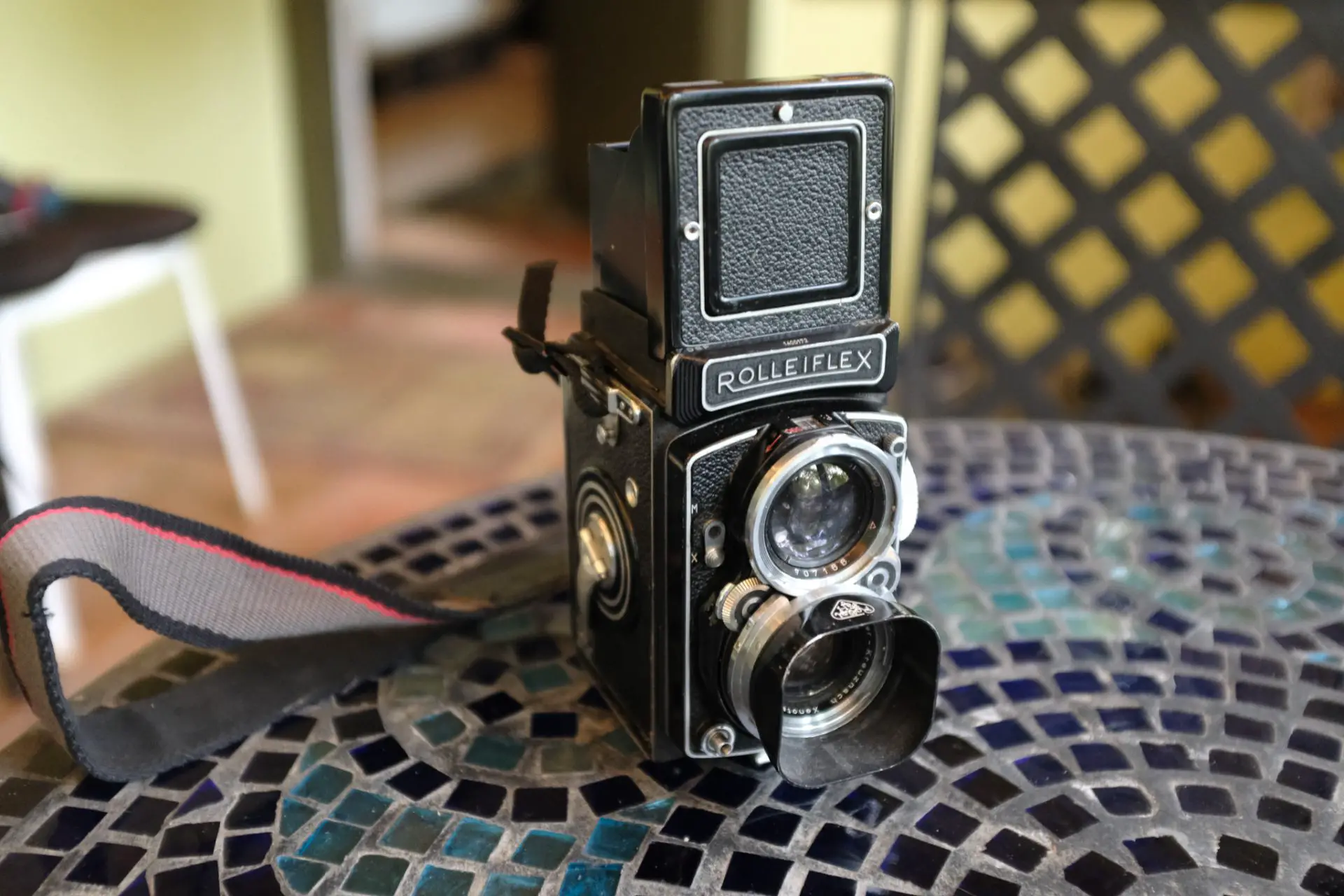








Comments
Rolleiflex 2.8C Review – Making Friends with a Legend – By Phil Calvit — 35mmc - https://jakhala.com on Rolleiflex 2.8C Review – Making Friends with a Legend – By Phil Calvit
Comment posted: 13/10/2020
Comment posted: 13/10/2020
Nicholas Clark on Rolleiflex 2.8C Review – Making Friends with a Legend – By Phil Calvit
Comment posted: 13/10/2020
William Hawkins on Rolleiflex 2.8C Review – Making Friends with a Legend – By Phil Calvit
Comment posted: 13/10/2020
Isaac on Rolleiflex 2.8C Review – Making Friends with a Legend – By Phil Calvit
Comment posted: 13/10/2020
A 2.8C is one of my grail cameras, the elusive dream of finding one a bargain price even more so.
Lukas on Rolleiflex 2.8C Review – Making Friends with a Legend – By Phil Calvit
Comment posted: 13/10/2020
Comment posted: 13/10/2020
Kurt Ingham on Rolleiflex 2.8C Review – Making Friends with a Legend – By Phil Calvit
Comment posted: 13/10/2020
Michael J on Rolleiflex 2.8C Review – Making Friends with a Legend – By Phil Calvit
Comment posted: 13/10/2020
I don't know how hard it is to change the screen on a 'C' but it's easy enough on an 'F' and one with a split focuser makes such a difference…
Comment posted: 13/10/2020
eric on Rolleiflex 2.8C Review – Making Friends with a Legend – By Phil Calvit
Comment posted: 13/10/2020
ONE MORE GREAT REVIEW.
My favorite Rolleiflex, probably one of the best with the 2'8 F and Rolleiflex 2'8 FX-N proto.
But I will more recommend the 2'8 F. Why ?
The 2'8 F is more expensive.
But, it is easier to find in good conditions. A Rolleiflex is a precise tool which must be fixed perfectly, and to fix or repair them it is very costly when you find the good expert, because if it is not, he/she can breake your Rollei. So for the difference of price go for a F or a D. This is the reason why they are more expensive.
When you test a RolleiFlex put on a table and check if it does not move, if it is stable, if no move, no sound of vibration it must be ok, after check finder, and speeds.
But the C is a must, but could be more expensive than a F is not in good condtions, and the difference enter all Rolleiflex are little.
Scott Gitlin on Rolleiflex 2.8C Review – Making Friends with a Legend – By Phil Calvit
Comment posted: 13/10/2020
Alexander Seidler on Rolleiflex 2.8C Review – Making Friends with a Legend – By Phil Calvit
Comment posted: 14/10/2020
Kodachromeguy on Rolleiflex 2.8C Review – Making Friends with a Legend – By Phil Calvit
Comment posted: 16/10/2020
Comment posted: 16/10/2020
Mike G Lescarbeau on Rolleiflex 2.8C Review – Making Friends with a Legend – By Phil Calvit
Comment posted: 22/02/2021
Comment posted: 22/02/2021
Donna on Rolleiflex 2.8C Review – Making Friends with a Legend – By Phil Calvit
Comment posted: 04/02/2023
I had a 2.8D which I sold in order to purchase a different medium format camera. Well I eventually sold that one as well and really missed the Rollei. I recently bought a 2.8C on Ebay, the lenses are in great shape (to my eyes anyway). It does need a shutter CLA but I hesitate to send it out because the turn around time is 3-4 months and I’ll miss it! I’ve just found a decent looking 2.8D online and I want to buy it so I’ll have a spare…. ???? I am not a wealthy person and really need to stop looking!
I’m glad I came across your post, your shots are lovely, I especially love the front yard shot and the staircase - gorgeous!
Comment posted: 04/02/2023